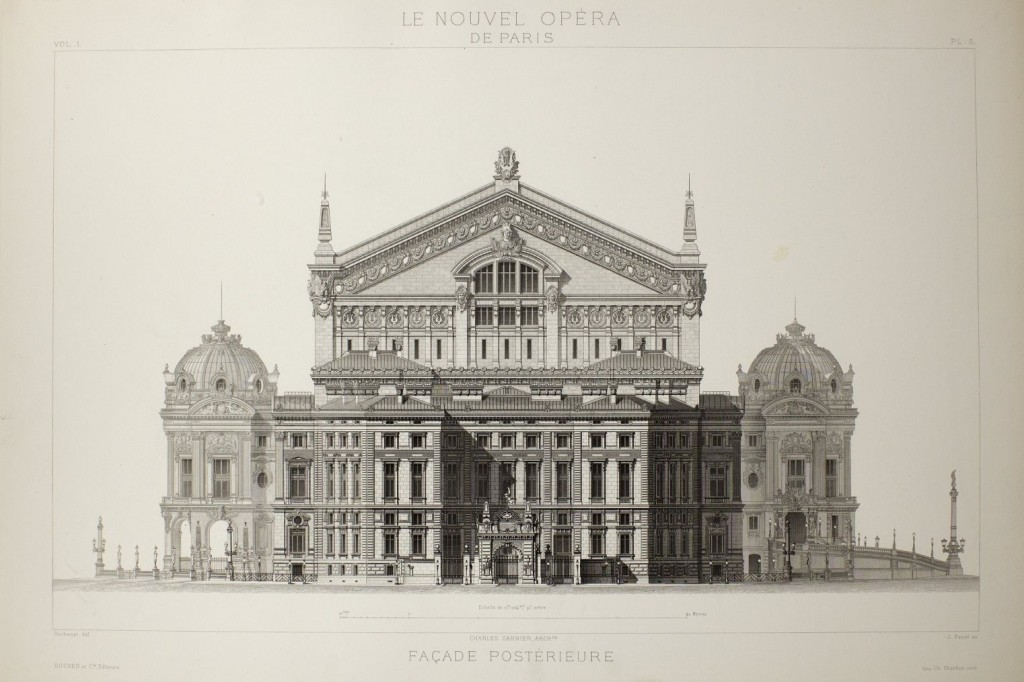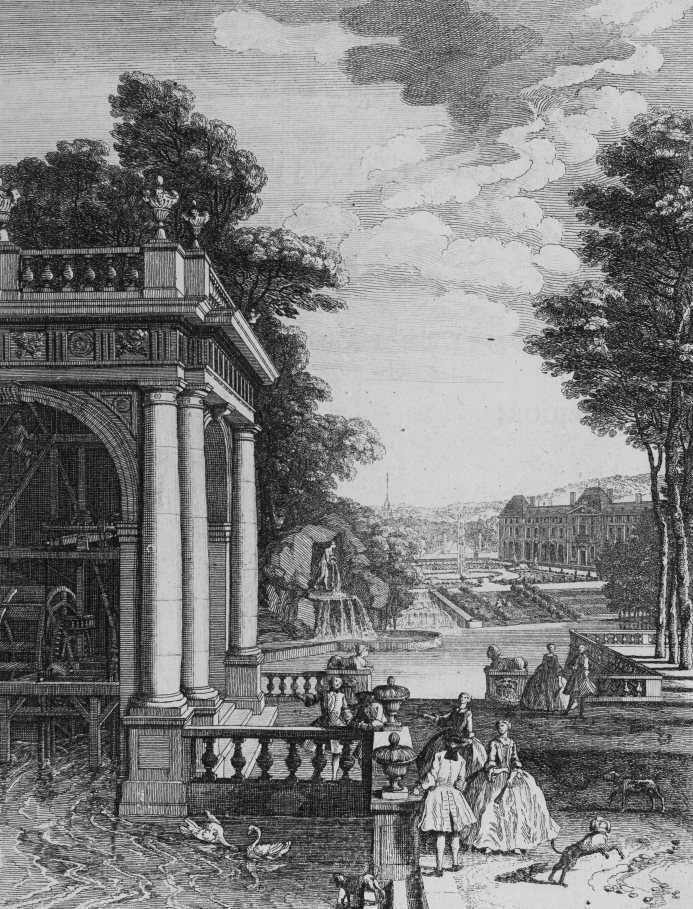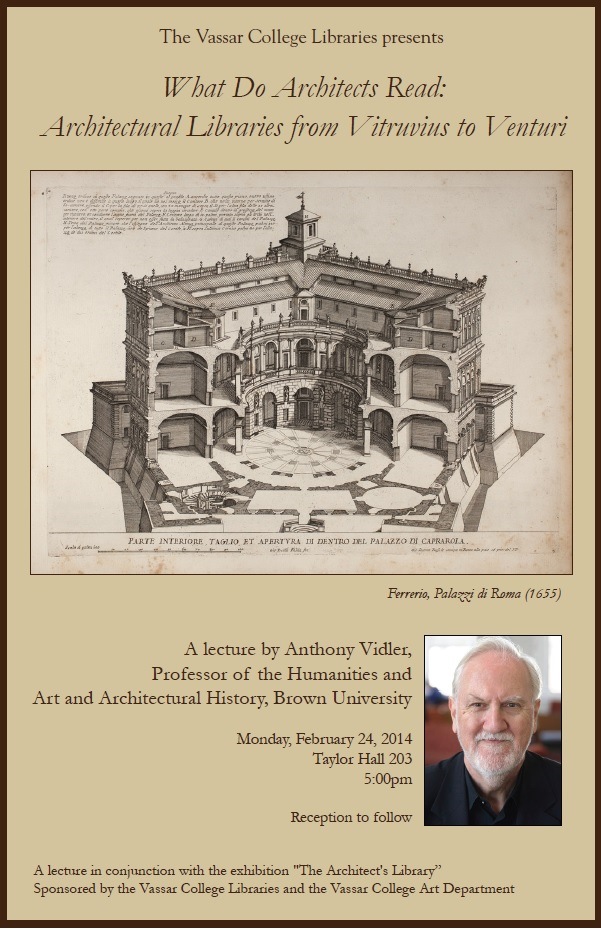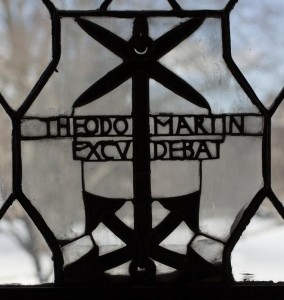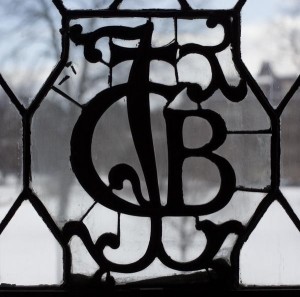Category Archives: art and architecture
The Architect’s Library
There’s a new exhibition being shown in cases in the Main Library. The collection on display is remarkably beautiful and includes a variety of significant works. But The Architect’s Library is actually a cooperative effort being held in four locations on campus. The cases in the Main Library house a broad selection of books, from the sixteenth to the twentieth century; in the Art Library are books from the nineteenth and twentieth centuries; in the Frances Lehman Loeb Art Center is a small exhibition devoted to the works of Giovanni Battista Piranesi, his followers and predecessors; and in Special Collections you can make an appointment to do your own research using some of the earliest books on architecture collected by the College.
A catalogue of the collection entitled The Architect’s Library: A Collection of Notable Books on Architecture at Vassar College, edited by Nicholas Adams, is available from The Art Department or Special Collections. The catalogue has contributions by students in Art 370 (Spring 2013), professor Brian Lukacher, Art Librarian Thomas Hill, and Vassar graduates Sean Weiss (City University of New York) and Lindsay Cook (Columbia University).
On Monday, February 24, there will be a lecture by Anthony Vidler entitled “What do Architects Read? Architectural Libraries from Vitruvius to Venturi.” The event will be held in Taylor 203 at 5 pm.The exhibit itself will be up through May. Be sure to stop in to see these stunning works, and in the meanwhile, pick up a copy of the catalogue, and don’t miss our own Nick Adams discussing the exhibition in more detail in an interview for the Library Cafe as well as the video below.
The Mark of the Renaissance Printer
Posted on behalf of Katherine Durr, 2013 Vassar Ford Scholar
Over the summer, I worked as a Ford Scholar on a project entitled The Mark of the Renaissance Printer: Developing a Digital Humanities Project on Printers’ Marks in the Windows of the Vassar College Library with Professor Ronald Patkus, Director of Archives and Special Collections. The focus of this project began with the arched windows in the north and south wings of the Thompson Memorial Library, as well as the large, central window in the Class of 1951 Reading Room. Each of these windows contains one or many printer’s marks – symbols and monograms developed by European printers, publishers, and booksellers during the 15th and 16th centuries. Eighty-two of these marks were installed in the original library, however, due to renovations, only sixty-six remain today. They represent printers from nine geographical regions throughout Europe. Prior to beginning my research, the only available information regarding these windows was contained in a now outdated pamphlet published by Vassar librarians in 1917. This document featured the names of the printers, their years of activity, and images of their marks, but did not include biographical information, historical context, and explanations of the marks themselves, information that library visitors often are curious about.
My central goal was to compile biographies for each printer, charting their innovations in the art of printing, as well as taking into account their cultural involvements – both religious and political. I also compiled descriptions of the printers’ marks. Because many of these printers were active during the years of the Protestant Reformation, much of my research revealed significant developments and lines of influence among those involved with the publication of both sacred and secular texts. For example, printers who generally published Christian works – usually Bibles, the literary works of saints, and papal documents – often included elements of Christian symbolism in their marks and printing devices. Whereas those involved in the publication of popular humanist texts adopted more personal emblems, frequently including Classical and commercial motifs. In addition to demonstrating greater historical involvements, the marks and monograms of printers indicate patterns of stylistic influence, clear within circles of printing presses, publishing houses, and very often, families. Most marks underwent several stages of evolution and variation throughout decades – even centuries – of activity. Accordingly, my initial focus opened up from a study of Vassar’s own history into a tracing of both the development of printing and its lines of visual and cultural transmission.
After writing these biographies and visual analyses of the marks themselves and compiling corresponding bibliography, I published my entries to a website within Vassar’s Digital Library. In my efforts to enhance Vassar’s digital archives and to preserve our own visual and historical artifacts, I also hope to contribute to a larger area of research and scholarship, known as the digital humanities. This growing field explores the benefits of transferring materials and resources into more organized, widely available domains.


